We're the Mother Benin Foundation
a non-profit organization based in the United States.
We seek to honor Queen Idia’s Legacy.
Our Mission :
"to secure Queen Idia’s “Freedom through Diversity” and to return the royal sculpture and cultural heritage of the Queen Mother back to its home of Benin, its rightful place among the long line of strong African women and their contributions to the history and people of the continent."
More of our Mission :
Mother-Benin Cultural Diversity Center
This center will honor her legacy, recognize her contributions to her country, and promote “Freedom Through Diversity.”
Queen Mother Scholarship
This scholarship will be awarded to young women to propel their futures fiercly and promote cultural awareness.
Supporting Descendants
We will provide support to Queen Idia’s diaspora and promote freedom worldwide.
African Artists
We want to bring awareness to independent artists in Africa that have contributed to arts and African culture.
Recognition
We want to recognize every contribution to this on-going project to bring unity among countries and generations.
Peace in Nigeria
We seek to bring unity to the multi-diverse cultures spread across Nigeria.
History of Benin
The Kingdom of Benin is rich with history, from the art of the royal court to the art of war.
To better understand the story of the Kingdom of Benin, below are definitions and names of figures.
Oba
Means ″ruler″ in the Yoruba and Bini languages of West Africa. This title is passed on to the firstborn son of each successive king of Benin at the time of his death.
Iy'oba
Means “Mother of the King.” This title was created for Iy’oba Idia by her son, and was then passed down to each mother of the firstborn heir to the throne.
Timeline of Events
She has been referred to around the world as Mother Benin, Mother-Africa, and the FESTAC symbol; her name is Queen Idia.
Above all her accomplishments in life, this is a story of motherly love between a warrior Queen and the son that would become the king of the land.
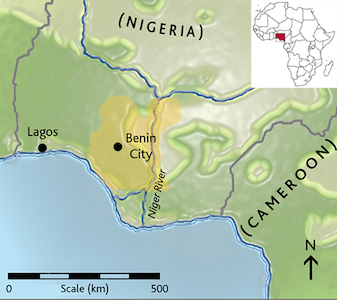
1200s - 1800s
The kingdom of Benin was established in 40BC and was located in present day southwest Nigeria. It was at its height between the 14th and the 16th centuries.
1481-1504 CE
He had two sons that disputed over succession after his passing. They separated power into two cities. Esigie controlled Benin City, while the other son, Arhuaran, controlled nearby city of Udo.
1515-1516
Civil war began between the city of Benin and the Igala people. Esigie defeated his brother in the civil war and restored peace.
Oba Esigie may have led Benin City to victory in the civil war, but Iy’oba Idia, the Mother of the King, was given much of the credit for the success in the war. Her knowledge of medicine, magic, politics, and warfare elevated her status in the kingdom. She was a noted administrator and influence on her son.
She is known as a warrior queen who led many armies into battle and was personally involved in many of the wars of conquest by the Oba and even led some of them herself. Locally, she was known as “the only woman who went to war.”
In reverence to his mother and her accomplishments, a new position in the royal court was made for Queen Idia. She became Iy'oba Idia. Her status in the court can be compared to a senior chief. Her power and leadership were such a force that she was often referred to as the "hidden Oba of Benin."
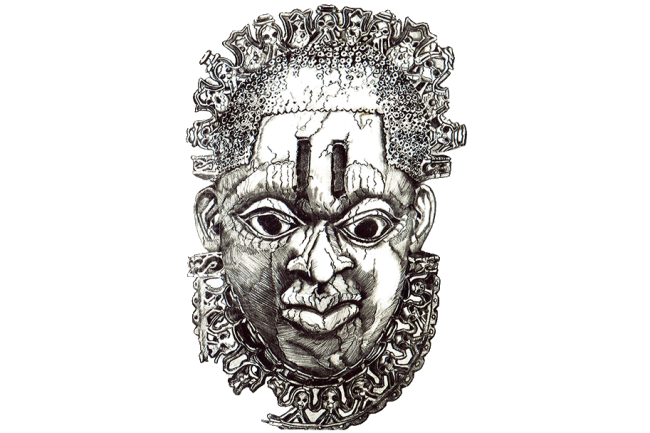
To honor his mother further, Oba Esigie commanded for a carving to be made in great detail of her. The pendant of ivory was carved by Owo Yoruba. Pendants of iron and copper alloy were also made. These pendant masks would be worn by her son during commemorative ceremonies after her passing to honor her and bring good fortune to the kingdom and during the Emoba Rituals.
Queen Idia’s tomb is located at Egua-Iy’oba, Uselu, Lagos Road, Benin-City.
The Benin Pendant Mask has become an iconic image of Benin art. The Pendant was chosen as the official emblem of the pan-Africanist FESTAC 77 (Second Festival of Black Arts and Culture) cultural festival in 1977, carved by Joseph Agbonifo Alufa.
Where is the Queen Mother Now?
The art of the Benin Kingdom came to public and scholarly attention in the West in 1897, when members of a British Punitive Expedition brought out thousands of objects as war booty.
Through government and private sales, Benin sculpture soon found its way into museum and personal collections in England, Europe and America. The British conquest of Benin resulted not only in the dispersal of the artifacts themselves, but also in considerable changes in the fabric of Benin life.
Once an independent warrior kingdom, Benin was now incorporated into the wider political framework of the British Protectorate of Nigeria and later the modern Nigerian state. Today Benin City, a thriving metropolis of around half a million people,’ is the capital of the Edo State of Nigeria.”
(“The Art of Benin” Revised Edition by Paula Girshick Ben-Amos 1995. The Treasures of the British Museum, Introduction, Pg 9
View more information on where the mask is kept here.
Meet the Founder
Adebola Joseph Olusomiro has dedicated much his life to restoring the legacy of the Queen Mother to her home in Nigeria. Countless hours have been spent in research, networking, and creating a platform to spread his message across the world.
His story begins in 1977; he was a young man living in Nigeria, Africa. The symbol of the 2nd World Black and African Festival of Arts and Culture was Queen Idia, carved by Joseph Agbonifo Alufa. Since Adebola first saw her, he has taken his curiosity of who this powerful woman is through his life. In Nigeria, Adebola was unable to read any history of Mother Benin, but once he moved to the United States he found the story of her life. Flash forward to 1995…Adebola was driving a cab when he met two strangers headed to the airport to go to London. He encouraged them to visit the British Museum and say hello to Queen Mother Benin.
Weeks later, he received a letter in the mail from these friendly strangers. He was surprised to find that the letter contained a wealth of resources for more information about Mother Benin and a postcard of her.
In 2007 Adebola was back in Nigeria when he came across a newspaper containing an interview with Osagie Otabor, an art collector in Nigeria. This interview about buying back Nigerian artifacts from Britain pushed his desire for Justice and Accountability.
Below are images of the letter and postcard, the Nigerian paper from 2007, and the FESTAC ’77 image that began Adebola’s journey.


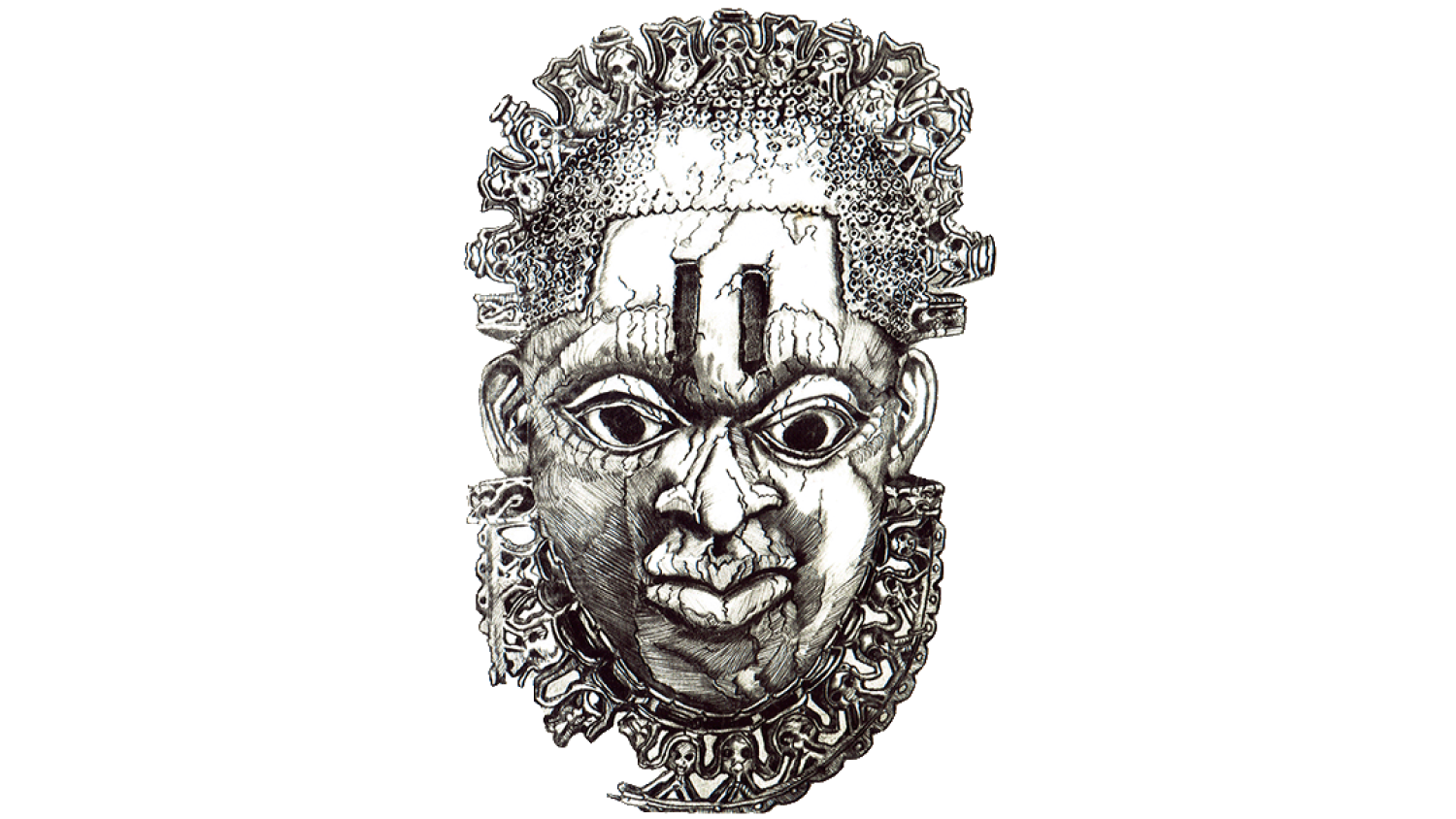

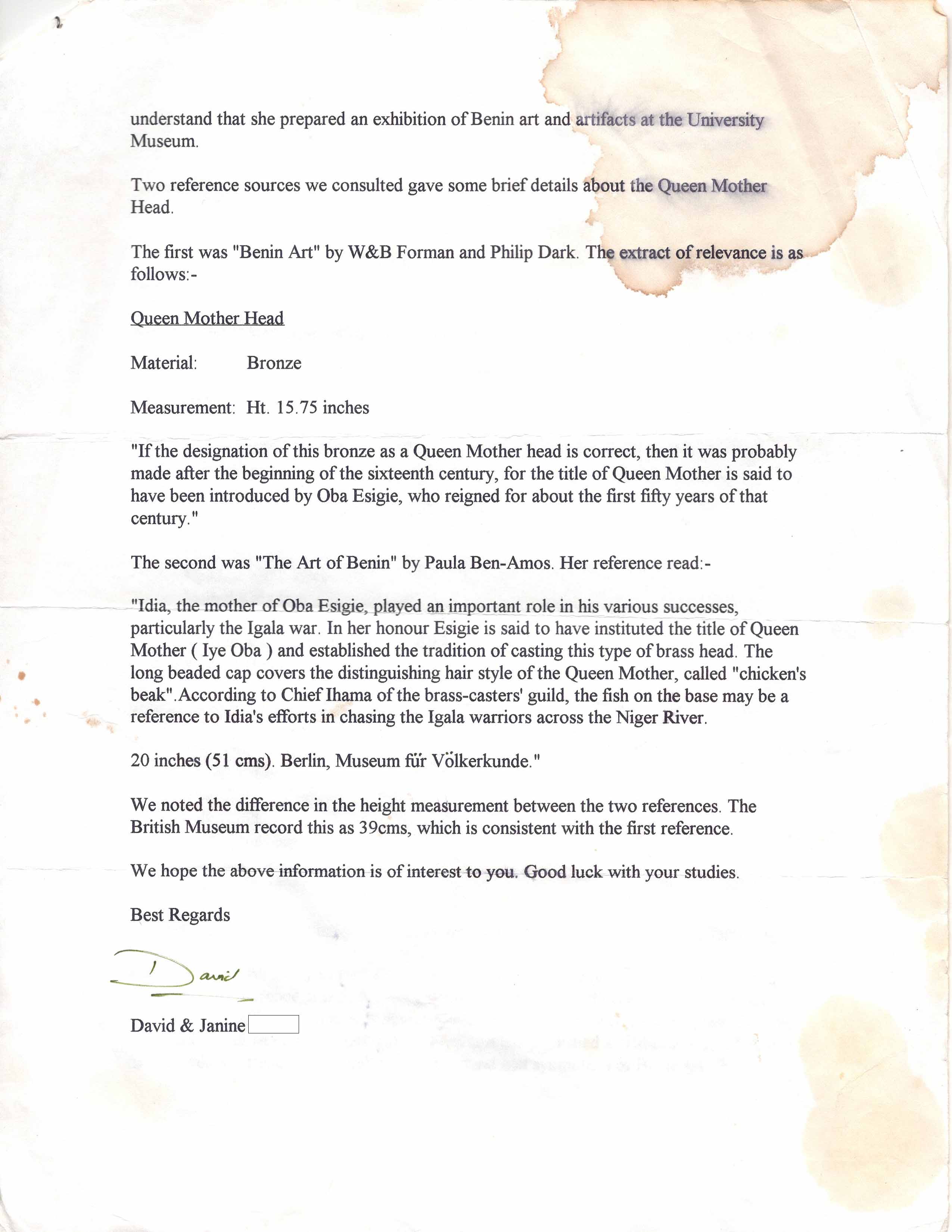
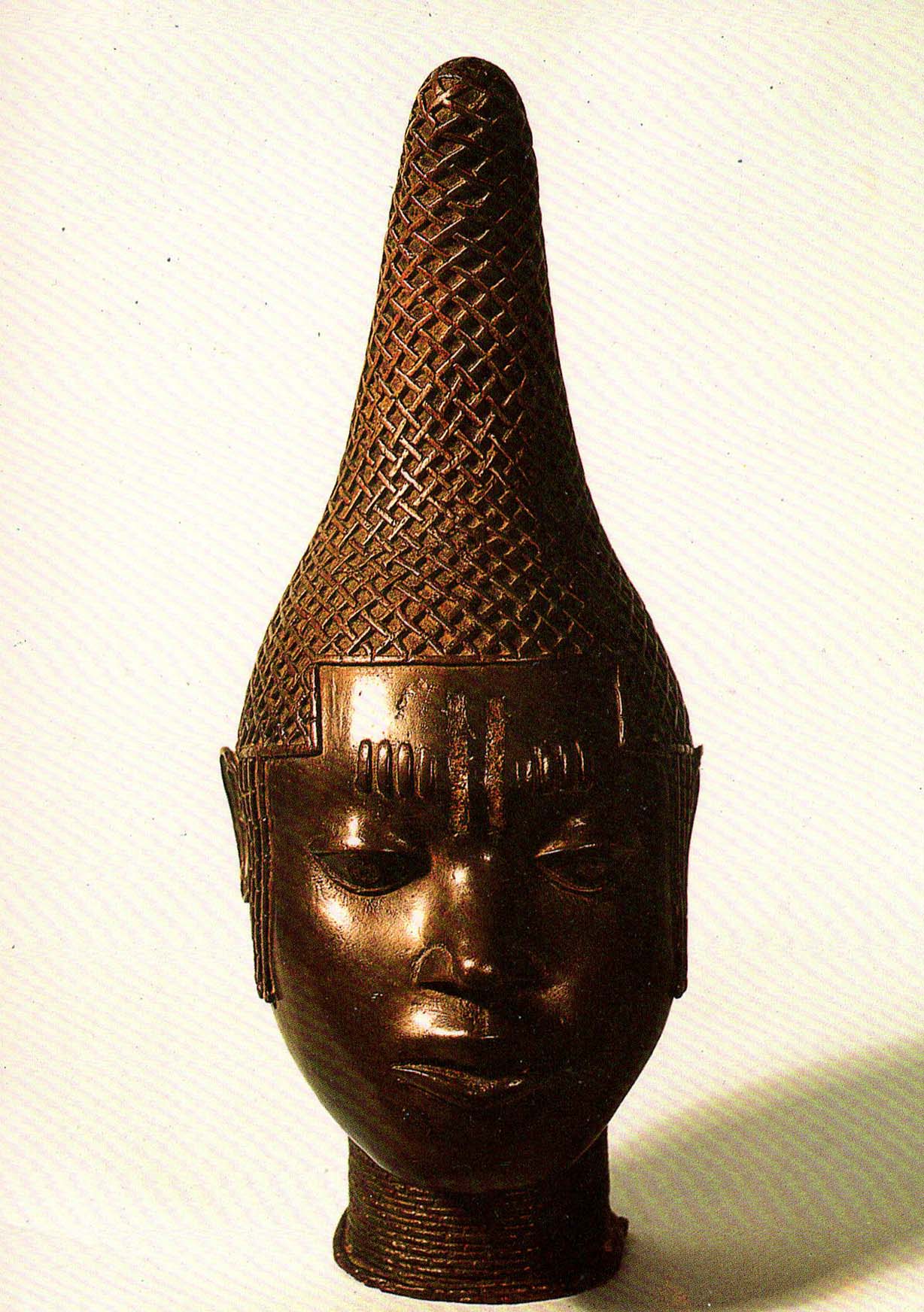
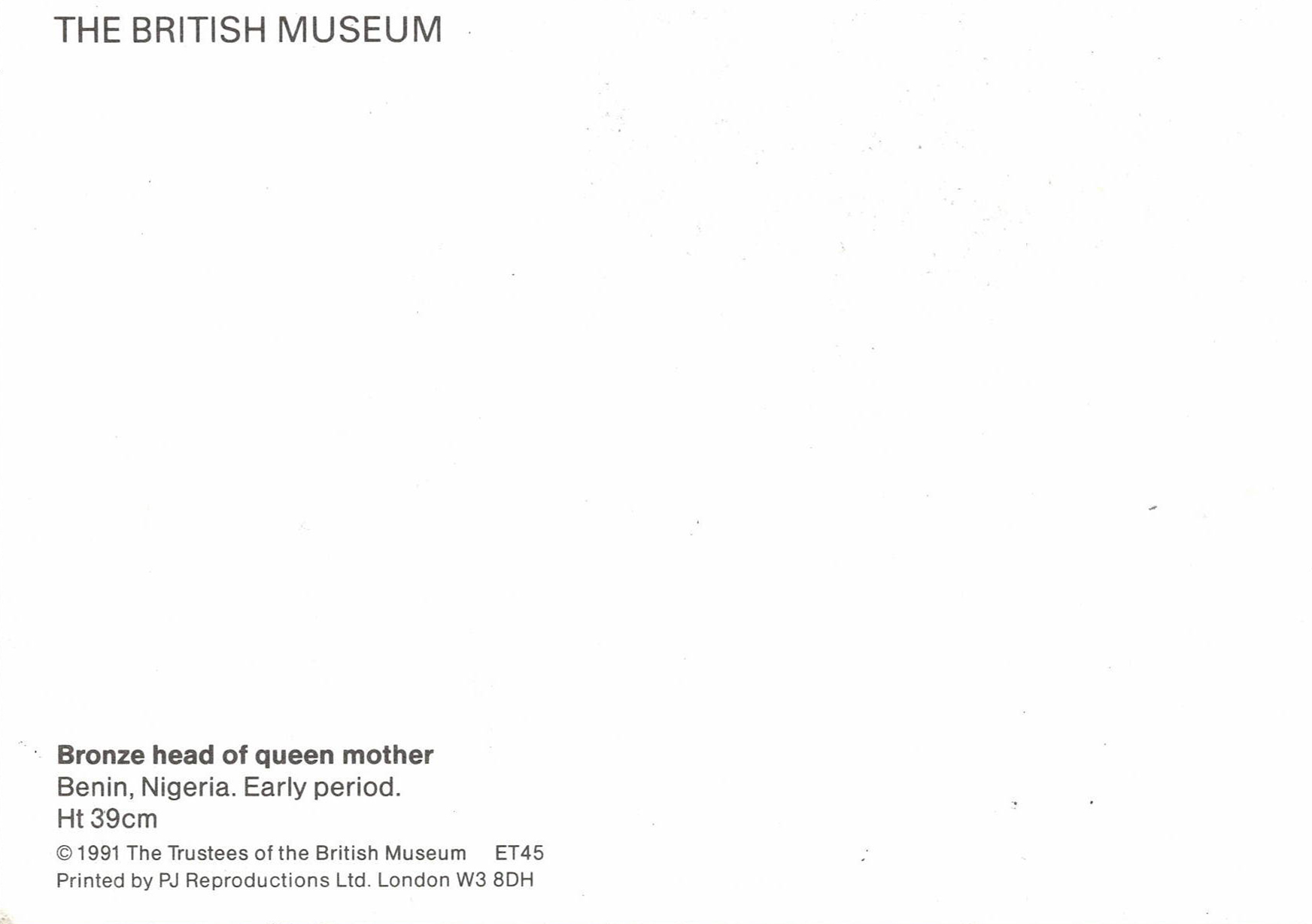
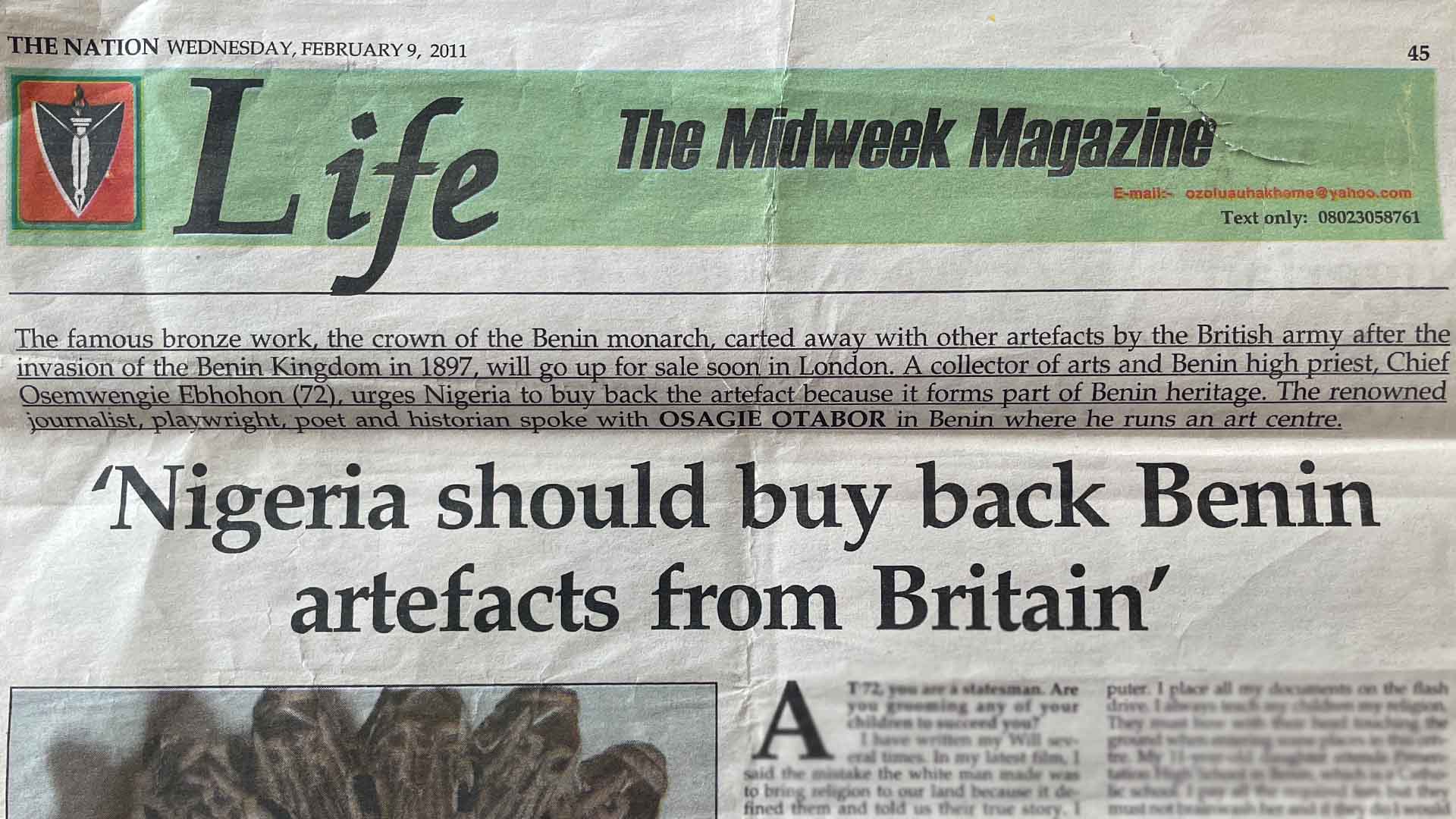

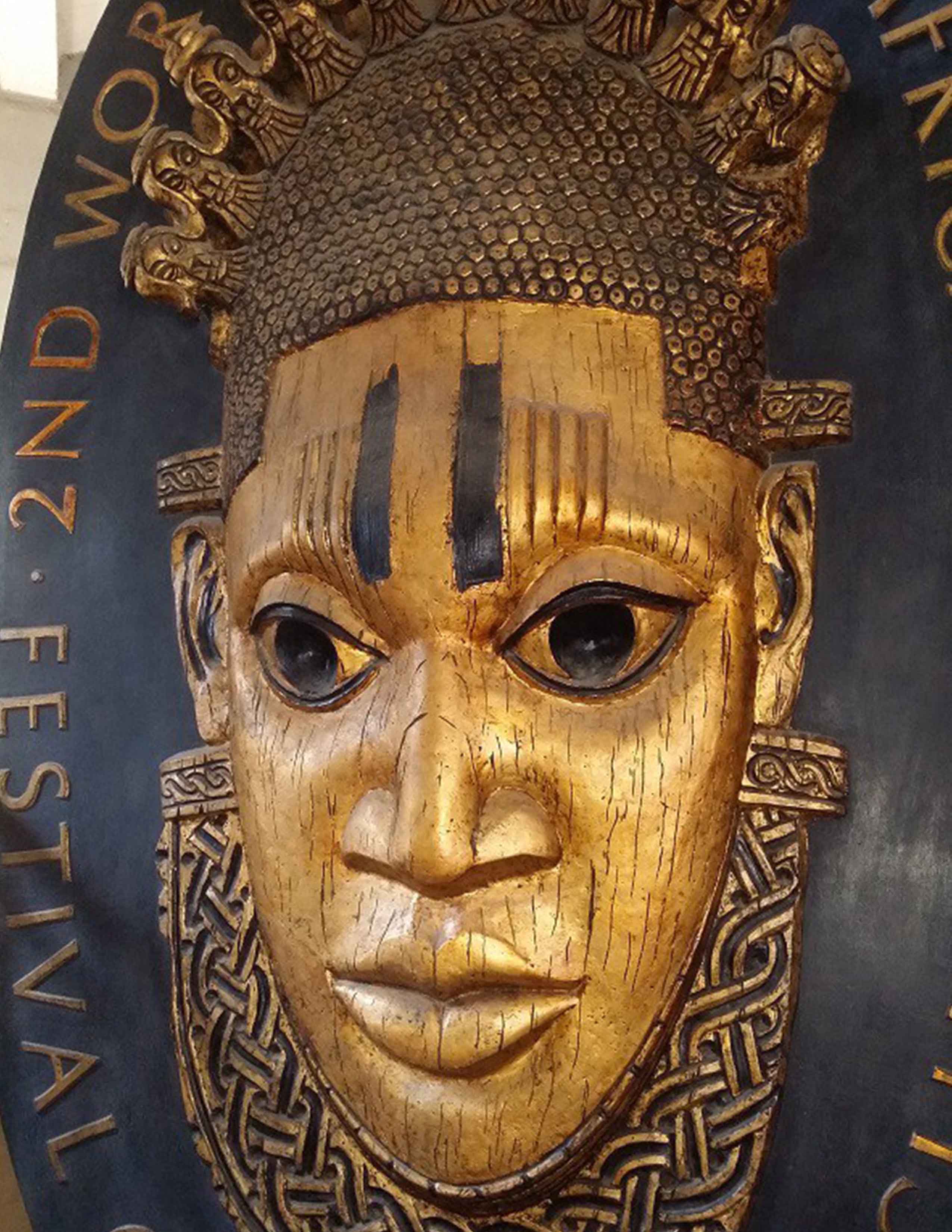
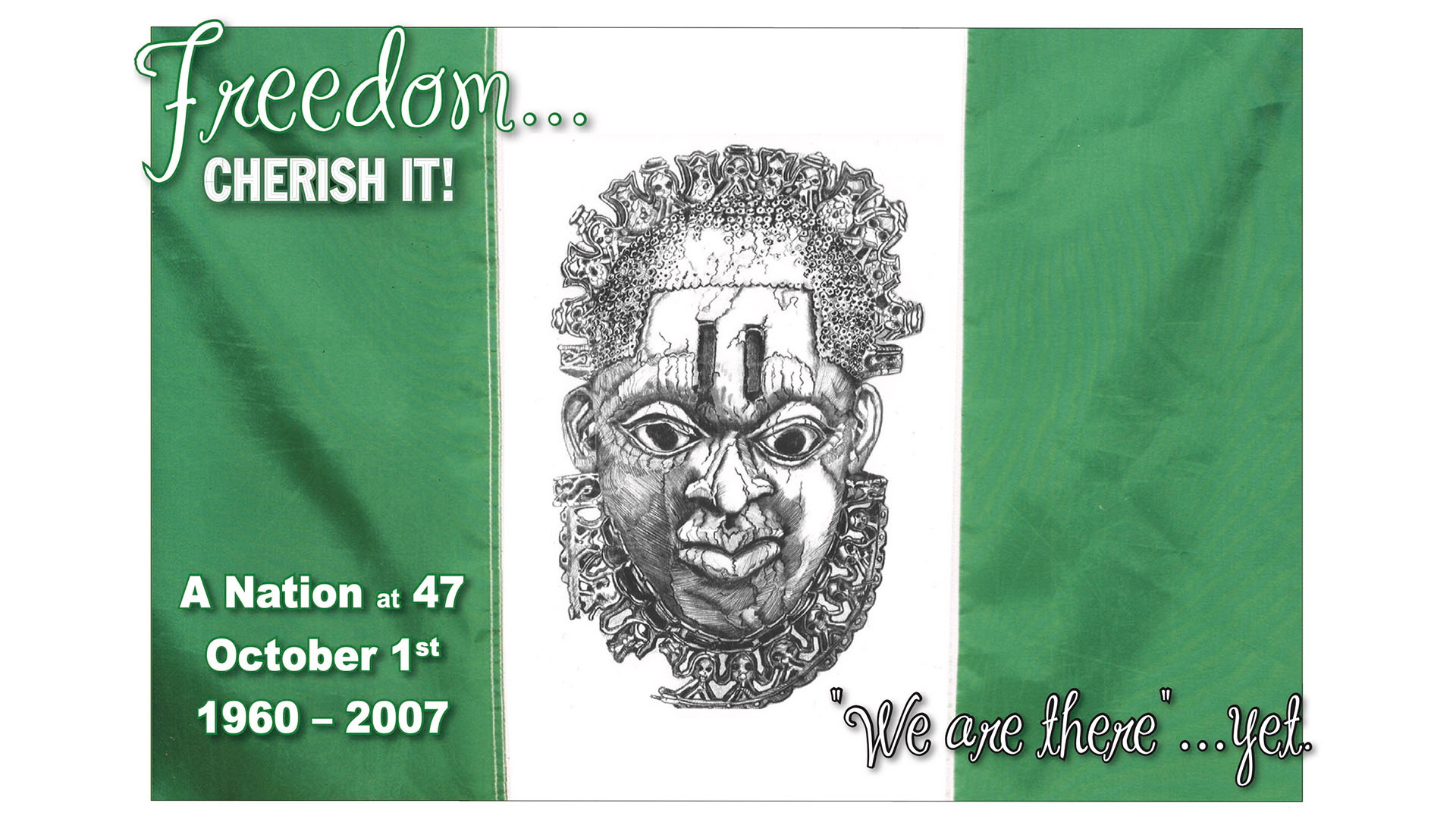
Social Media